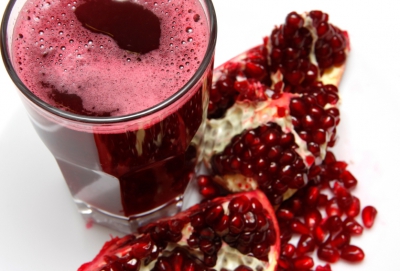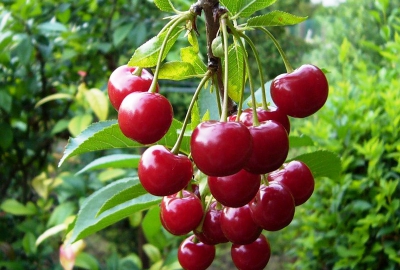Green bananas, along with whole grains, vegetables and fibre, all contain resistant starch. This is the most important form of soluble dietary fibre you can eat - soluble dietary fibre is not digested in the small intestine, but is absorbed more slowly further down in the body, where it is fermented by bacteria in the colon to give long-term energy.
Resistant starch is a carbohydrate but, unlike other carbs, its chemical make-up means that it does not cause your blood sugar to rise, so is not a risk for diabetes and it also doesn't cause sugar-crash hunger pangs after eating.
It also has another slimming advantage in that it stimulates the release of a hormone, glucagon, which boosts the rate at which our bodies burn fat.
Resistant starch is therefore a crucial dietary component for managing your weight and blood sugar, as well as helping healthy bacteria to grow in your large bowel, thereby reducing the risk of colon cancer.
Green bananas are the best source of resistant starch: the less ripe a banana is, the more resistant starch it contains.
In the Western world we eat on average between 3g and 7g a day of resistant starch. Expert bodies such as the Commonwealth Scientific and Industrial Research Organisation, the official science body in Australia, recommend eating at least 20g a day.









